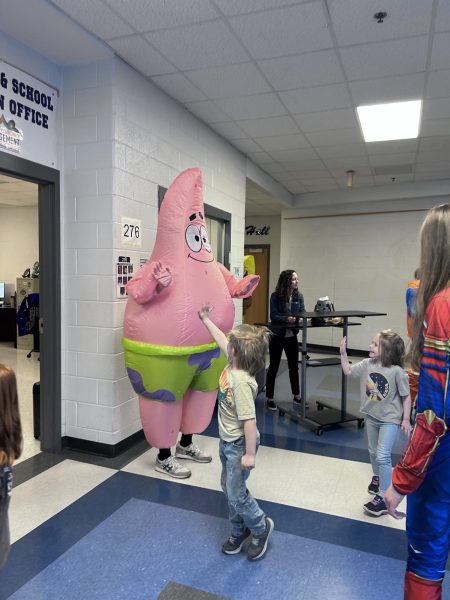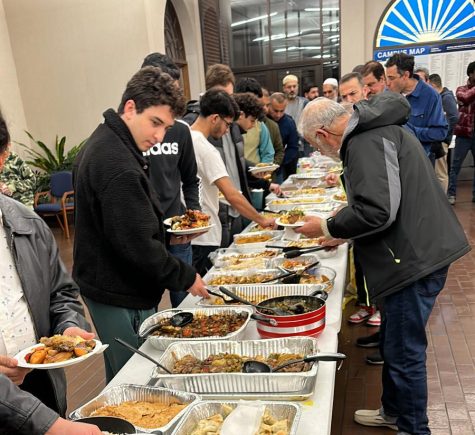Eco-friendly urns solution to graveyard overcrowding
September 8, 2016
I spend a fair amount of time in the cemetery on the edge of Old Town. While this may seem like an unusual place to hang out (my mother certainly thinks so), it isn’t nearly as unsettling as it sounds. Although the idea of so many bodies crammed in the dirt underfoot can be overwhelming, there is a sort of comfort that comes with surrounding oneself with so much history. Sometimes I go there to watch the sunset after a storm with friends, or to do homework when the weather isn’t so sweltering or simply to search for the oldest gravestone I can find (1846, if you were wondering). When the wind is blowing and the magnolia trees are in bloom, it’s hard to see how so many people overlook a place that remains frozen in time this way.
My grandfather is buried in one of the farthest corners of the cemetery. His grave sits next to that of a person who I have only ever known as LEE, the one word engraved on their stone. Their grave is one I have coveted since childhood; slabs of colored glass are embedded in the rock. At age five, I remarked that this was how I wanted my gravestone to look—colorful and blindingly brilliant in the sunlight. My grandfather’s grave is, by comparison, achingly simple. The only decoration that separates it from any other stone is a statement, written by my mother, about his life as a scotsman. He is the only rock I know in that place, and it shocks me sometimes how forgotten people become.
Without fail, with every visit to the cemetery, the thought that always crosses my mind is the way we, as humans, throw our dead away without regards to the space they take up after we forget them. Graveyard overcrowding is an issue that resonates around the world, and it has been forcing many places to start stacking their dead. With 7 billion people in the world and over 107 billion dead, this is not an issue that will go away any time soon—people don’t ever stop dying.
In the interest of being kind to the earth after my death, I came across one option years ago that could be a feasible solution around the world. Several companies have invested in the business of biodegradable urns, in which cremated bodies have the chance to live again through the growth of a tree. The ashes, deposited into an eco-friendly urn and planted in the ground, provide nutrients to a seed, which grows over time into a tree, providing an environmentally sound way to memorialize a life.
Properly memorializing loved ones is not the biggest concern of those against cremation. Religious preferences are oftentimes what keep people from cremating their bodies, and these should be kept in mind, as they are valid and will probably last for decades to come. Eventually, however, the need for land and resources will most likely trump the aversion to the practice, as has happened with certain sects of Christianity over the past several centuries. While keeping cremated remains in urns is one possible solution to the overcrowding of graveyards worldwide, biodegradable urns solve more than one problem at a time. Why keep your dead loved one on your fireplace mantle when you can let them be a part of a much bigger picture?
Imagine this. Instead of rows of tombstones, we could have entire forests. We would be keeping the memory of those that are dear to us (while solving the deforestation issue) with each passing. The circle of life would continue unabated after death—ashes would build forests and new life would rise from their roots. Instead of rotting coffins cluttering up what precious land we have, we could use our whole selves to create something lasting and sustainable.










